One of the biggest questions most influencers ask when they first start wanting to work with brands is how much am I supposed to charge brands for sponsored posts and how the heck do I price myself? Pricing yourself as one of the hardest parts, but once you get your price figured out, that’s the first step towards getting paid your worth when working with brands.
This industry is still fairly new and there’s not a lot of transparent advice out there. If you do some research, most people will tell you, there is no formula for pricing yourself and there is no set standard on how to price yourself. That is not the most helpful thing to hear when you’re first starting out. Especially since most of us WOULD like a formula.
I’ve been an blogger since 2012, a YouTube since 2013, and an Instagrammer since 2014. Over the years I’ve done a ton of research on how to price yourself as influencer.
Things to consider when setting a price
1. Following
At one point, people recommended that you should charge a penny per follower for sponsored posts. Please DO NOT charge brands just a penny per follower. That would be selling yourself short. There are so many important factors besides followers that go into creating content. This is just one of the factors to consider. Typically you can charge 1-5 cents for your following. I’d recommend using this equation to figure out your minimum base rate on pretty much all my platforms.
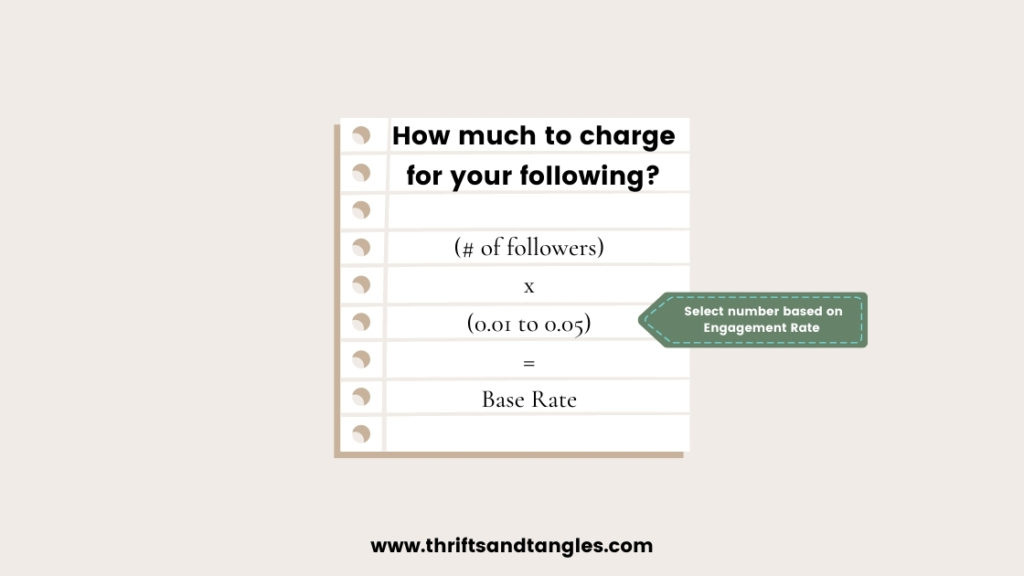
If you have a low engagement rate (ER), like let’s say, you’re not getting a lot of comments, likes re shares on the content you create, you could charge a penny per follower. Example: 1000 x 0.01=$10
If you have a medium ER, you could charge 3 cents per follower. Example: 1000 x 0.03=$30
If you have a high ER, you can charge up to 5 cents for your following. Example: 1000 x 0.05=$50
2. Variable Costs
This is anything you have to buy to create the content. If you have hire a photographer and the photographer charges you $500 to shoot, you should be charging brands an additional $500.
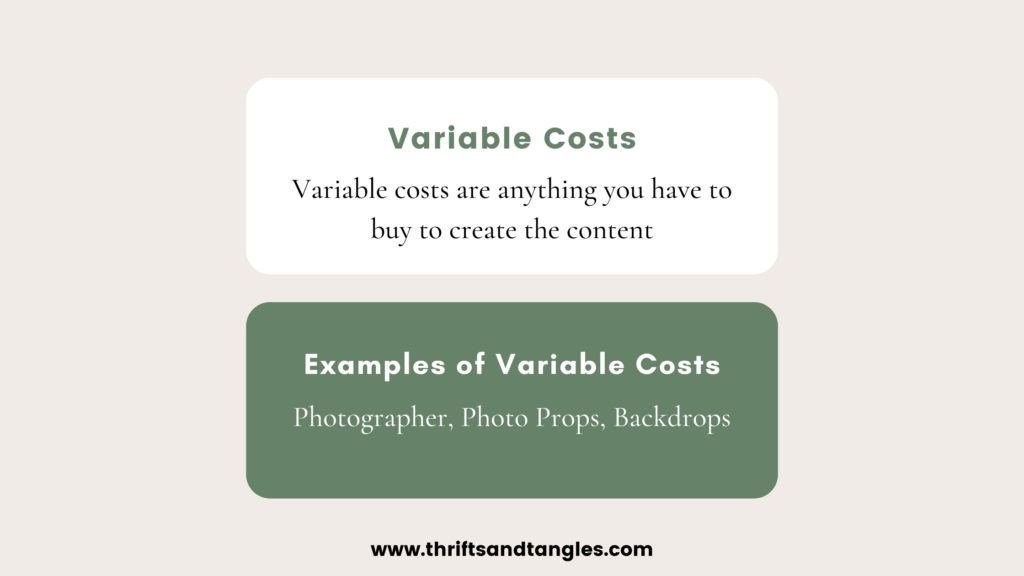
Some other examples of variable costs are props you’re buying for a shoot or backdrops you are buying. Basically anything that you need to buy to create the content. If you spend $20 on flowers for a brand shoot, you should factor that into the rate you are telling brands.
3. Equipment Costs
Similar to fixed costs, if you have purchased any tech equipment to help create content such as a phone, camera, computer, lights, editing software, etc., you can charge an equipment or technology fee.
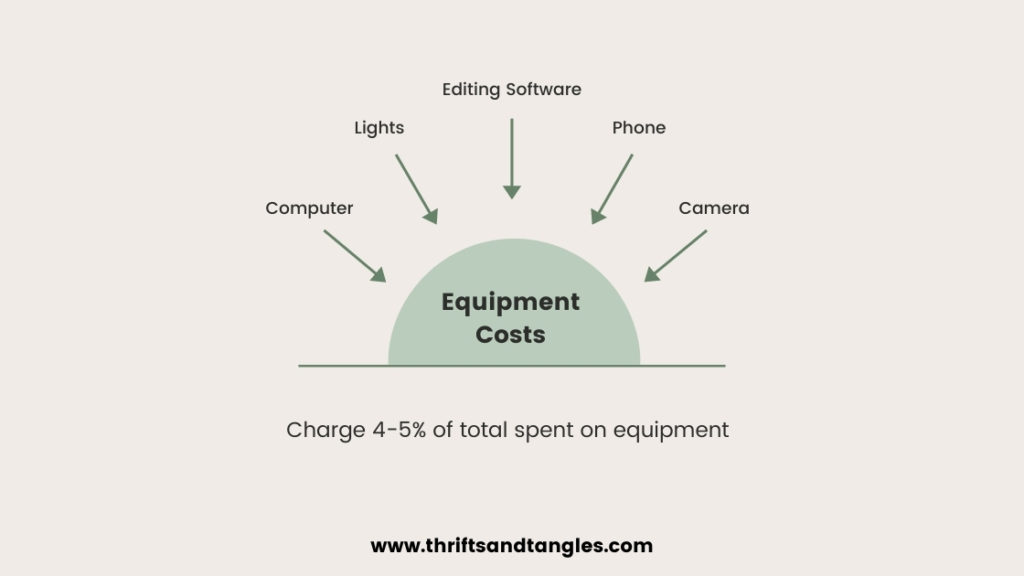
Typically you can charge 4% to 5% of the total amount you’ve spent on equipment. You can definitely adjust this number to a percentage you feel comfortable with. This percentage is what most online equipment rental sites charge.
Make sure you are adding equipment costs that to your base rate.
4. Usage Rights
If a brand wants to use your image (usually outside of organic reposting to social media) you can charge for this. For example, if the brand wants to use your image in a magazine, on their website, or in email blasts, you should factor this into your rate.
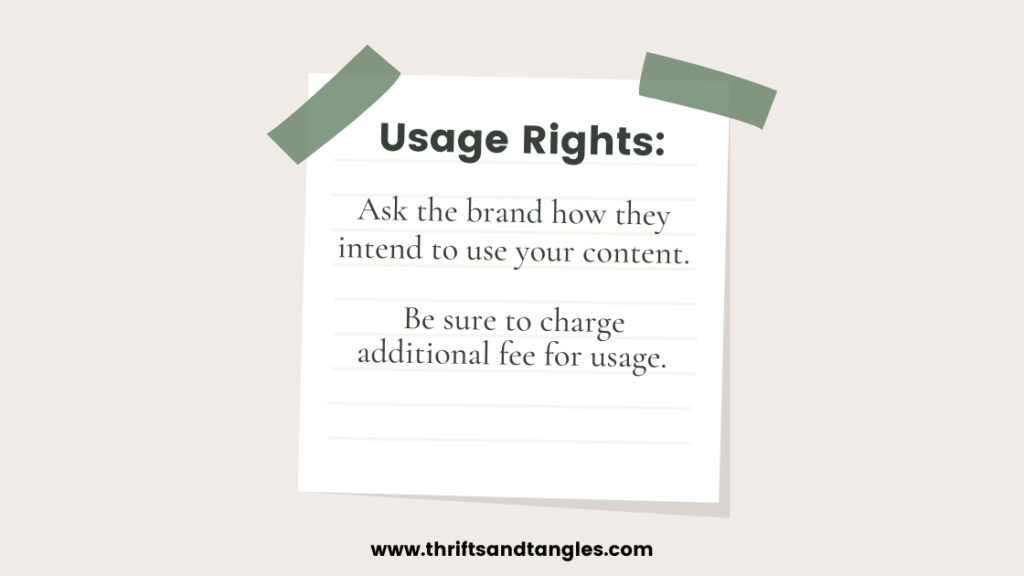
The Association of Photographers Usage Rights Calculator or Getty Images Price Calculator are great resources for figuring out how much to charge for usage.
You can offer brands different packages for 3 months usage, 6 months usage, or 12 months usage. Brands can renew the package at the end of the term.
BEWARE: Some brands will ask for perpetual usage – which means they own your image forever. If you see this language in a contract, you can ask that it be removed.
5. Exclusivity
This means you are working exclusively with the brand and you cannot work with a competitor for a certain period of time.
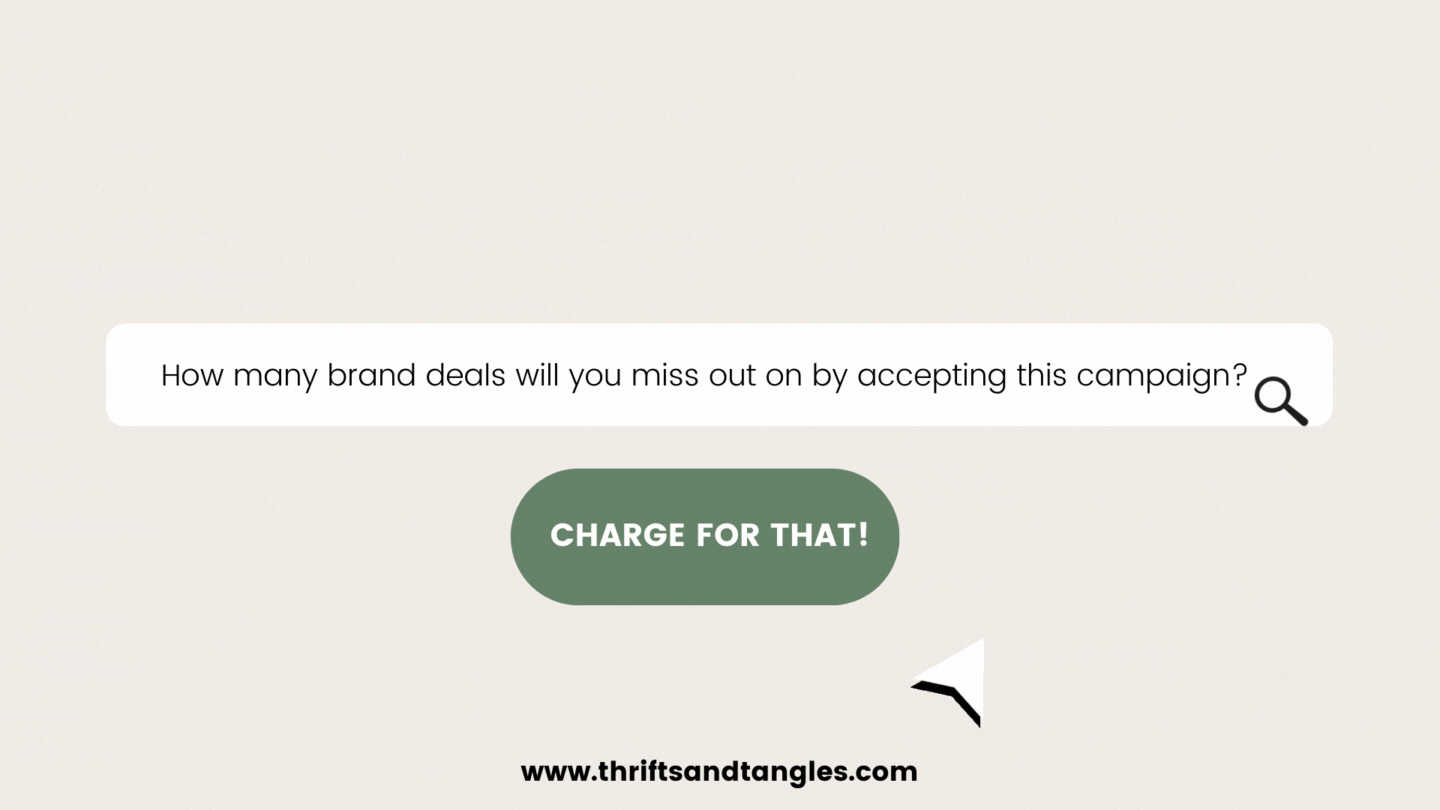
Let’s say you work with a car brand in January. If they ask you for 1 month exclusivity, this means you cannot work with another car brand for next month. Meaning, you will have to decline offers you receive from other car brands during the exclusivity period – also meaning you will be missing out on money. Make sure you are charging for the money you are missing out on.
You can charge your base rate times the number of deals you’ll be missing out on during the timeframe. Some people recommend charging your base rate times the number of months of exclusivity.
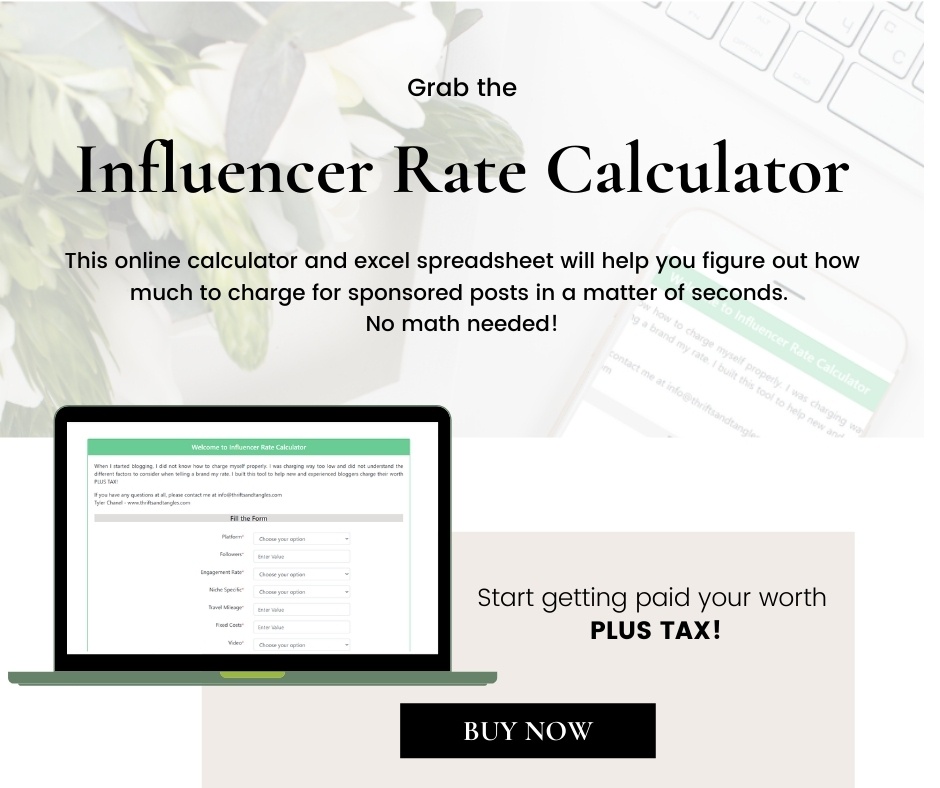
6. Rush Fees
Sometimes brands will come into your inbox and say, Hey, this campaign has a quick turnaround time and we need this content in less than two weeks.
You can charge your base rate or even double your base rate (or more) when it’s a rush. It really comes down to what you think your time is worth.
7. Whitelisting
This is when a brand puts ad dollars behind your content.
Before you give a number, ask the brand how long they will be running the ad, how much money they’re putting behind this ad and who was the ad targeting. You can definitely adjust the rate that you are telling them for that, depending on what their answers are.
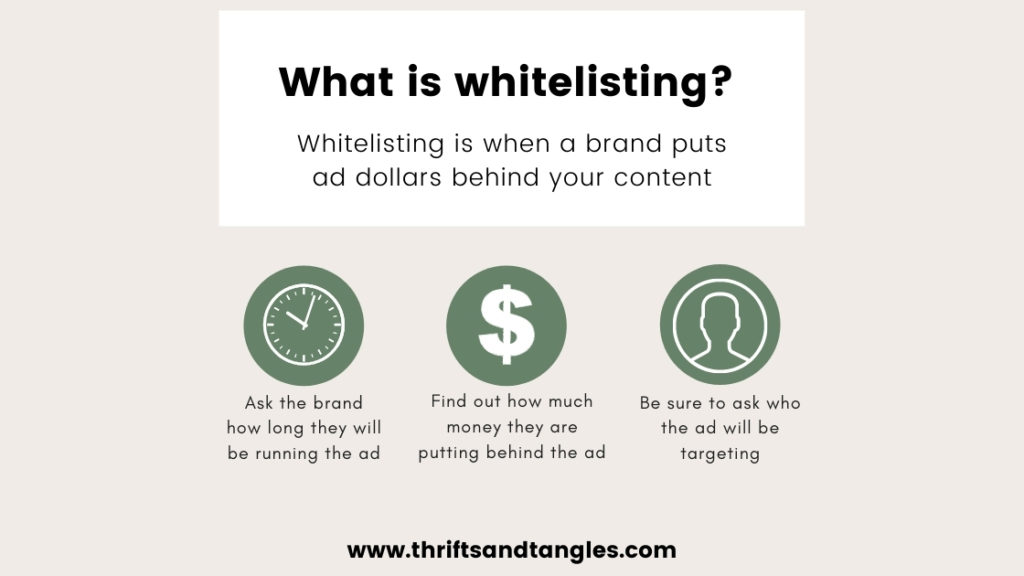
Let’s see the brand is putting $10,000 behind the ad. People recommend charging 4% to 5% of what they are spending on the ad, and that will be your whitelisting fee.
Example: If the brand is putting $10,000 behind the ad, 4% of that would be $400.
7. Video
If a brand is asking you to create a video of some sort (YouTube, IG Reel, Tik Tok, etc.) be sure to charge a higher rate for this because video content is more time consuming to create and more popular right now.
You can typically charge double or even triple your base rate for this.
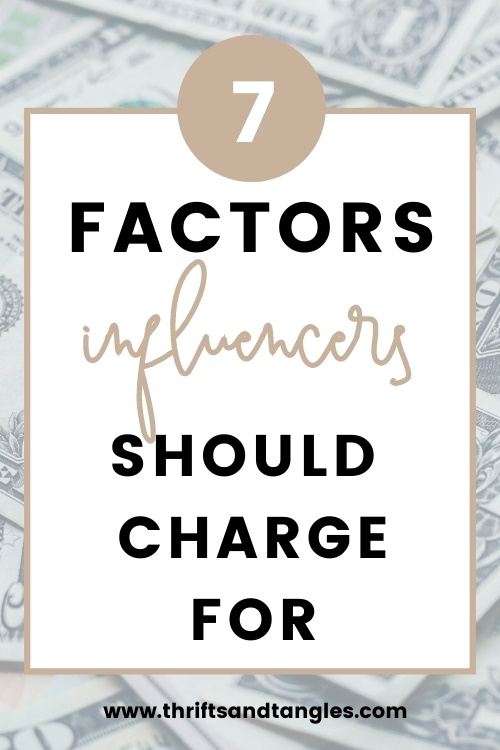
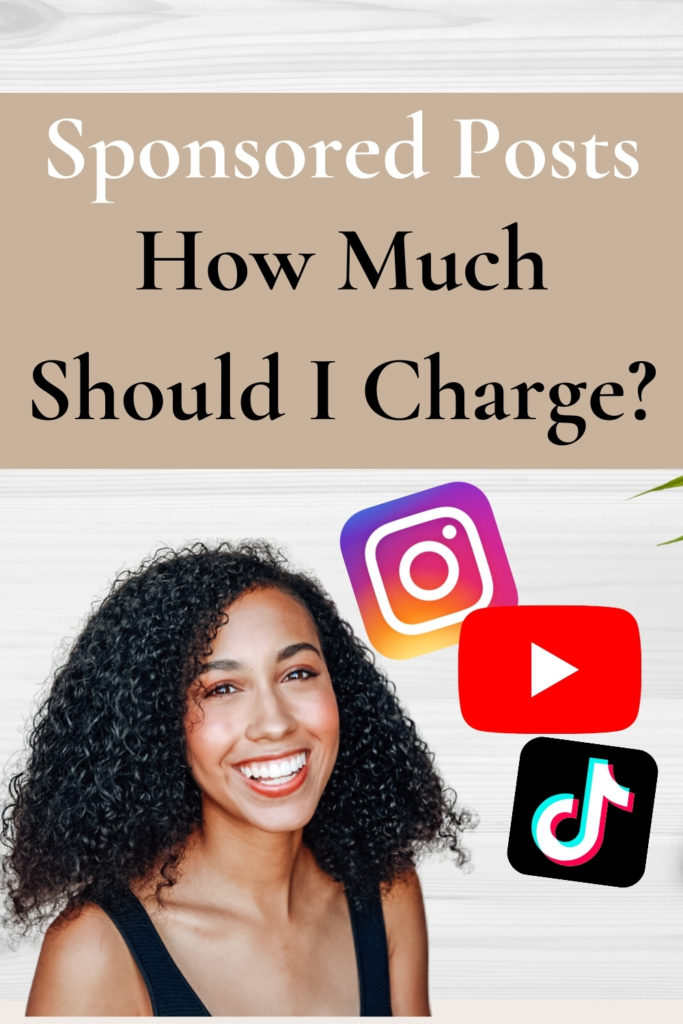
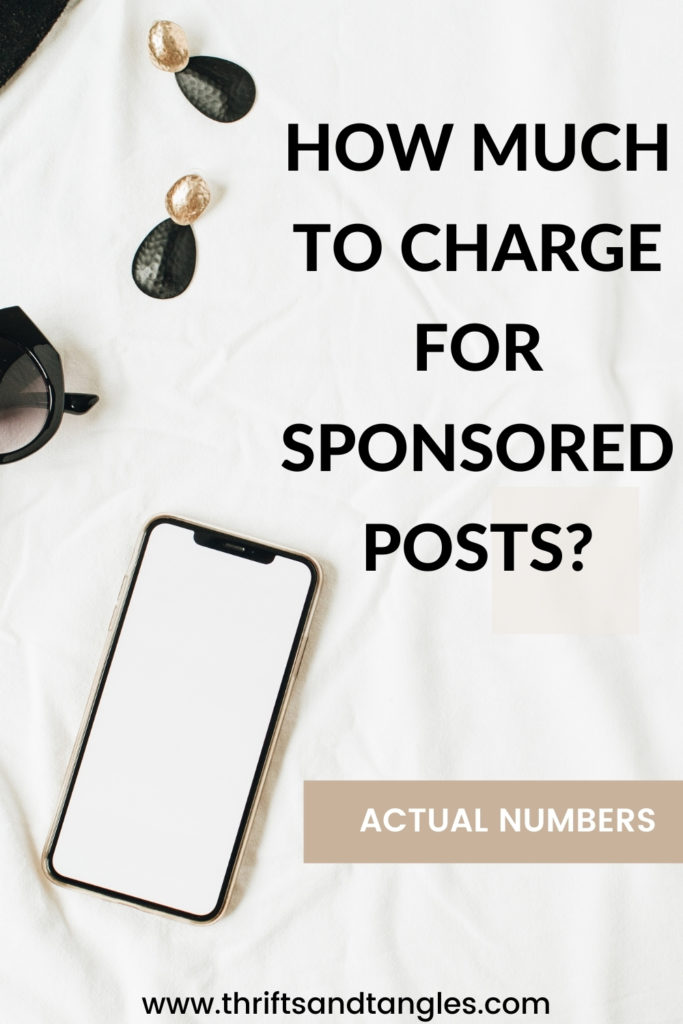



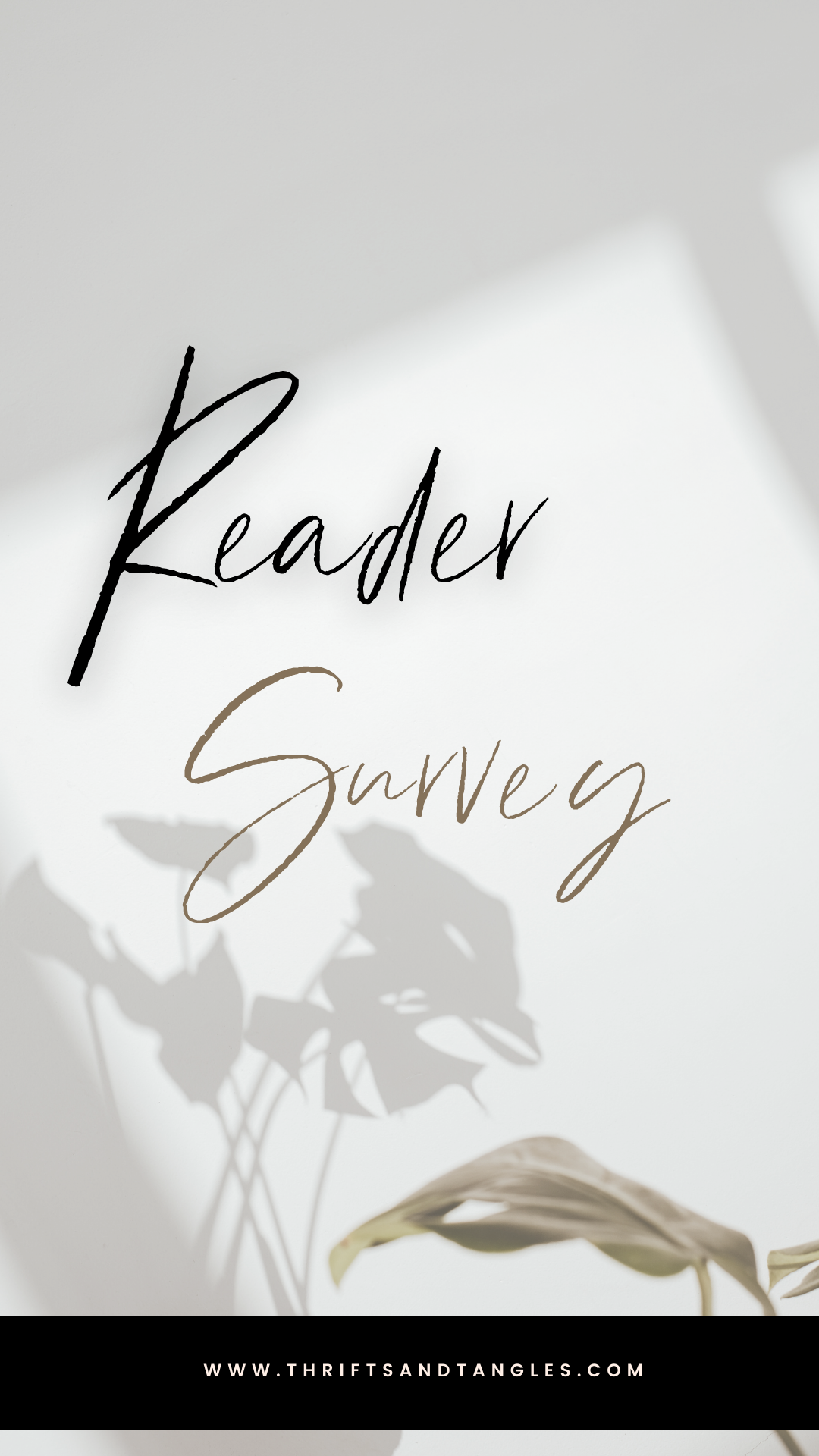


This post was so helpful. Thank you! What are you seeing as a basis for usage per month fees?
Yay! I’m glad this is helpful. It definitely varies depending on what the usage is. But from my rates, I typically charge about $250-$350 per month of usage
Tyler do you have any blog posts on how to navigate collabs when a brand asks for content only vs you posting the content??
I will create one!
My son is a TikTok influencer and has been presented with a huge opportunity. Your article has been very helpful to me in helping him navigate the waters of how to price for sponsored post. I am trying to avoid contacting a lawyer who may not have anymore information than what I have already found here. I would love if you had an article on what to charge for live performance sponsored post. Thank you.
Thank you! I actually sell an influencer rate calculator to help figure out how much to charge for sponsored posts.